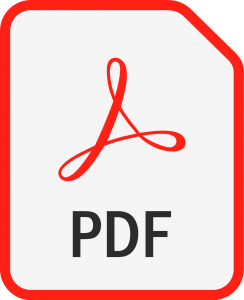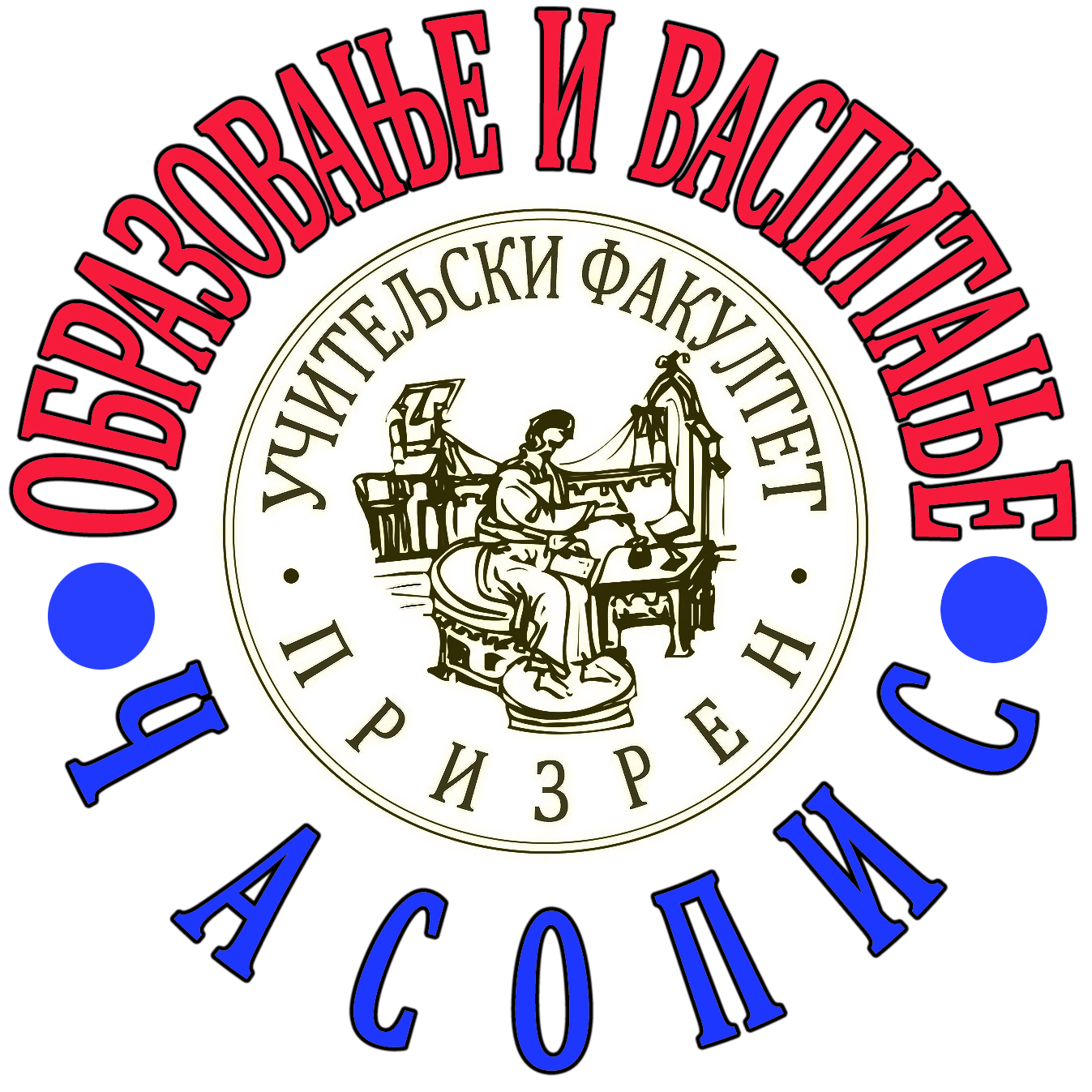ULOGA MOTIVACIJE U NASTAVI SRPSKOG JEZIKA: INTEGRATIVNI PRISTUP U MLAĐIM RAZREDIMA OSNOVNE ŠKOLE
Jelana D. STOŠIĆ JOVIĆ [1] Univerzitet u Nišu, Pedagoški fakultet, Vranje, Srbija
[1] https://orcid.org/0009-0000-5168-0569, е-mail: jelenastosic1990@gmail.com
Sažetak
Motivacija učenika predstavlja suštinski faktor u vaspitno-obrazovnom procesu, posebno u nastavi srpskog jezika. Efektivna motivacija podrazumeva uravnoteženu primenu intrinzičnih (unutrašnjih) i ekstrinzičnih (spoljašnjih) podsticaja. Učenici motivisani intrinzičkim faktorima, poput znatiželje i entuzijazma, ispoljavaju veću nezavisnost u učenju, ali i dalje zahtevaju podršku u vidu pohvala i pozitivne povratne informacije. Sa druge strane, ekstrinzični podsticaji, kao što su verbalna podrška i pohvale, igraju ključnu ulogu u razvoju mlađih učenika, ali ih je neophodno kombinovati sa unutrašnjim motivima kako bi se obezbedio trajan interes za učenje. Ličnost učitelja ima centralnu ulogu u procesu motivacije, jer stavovi, metode i pristup učitelja direktno utiču na razvoj samopouzdanja i autonomije kod učenika. Cilj ovog rada je da se istraži značaj motivacije učenika u uvodnom delu nastave srpskog jezika u mlađim razredima osnovne škole, kroz teorijsku analizu i praktičnu primenu motivacionih principa u vaspitno-obrazovnom procesu. Istraživanje obuhvata analizu efikasnosti različitih nastavnih pristupa koji koriste motivaciju u uvodnom delu časa, uz integrativan i holistički pristup.
Key words: motivacija, srpski jezik, intrinzična motivacija, ekstrinzična motivacija, kreativna produkcija, pohvale; učitelj, oblikovanje ličnosti učenika, vaspitnoobrazovni rad.
Reference
| Baker, S., & McDonald, S. (2020). Inclusive practices for diverse classrooms: Effective strategies for teachers. Journal of Inclusive Education, 10(2), 192-207. https://doi.org/10.1108/JIE-04-2020-0023 | |
| Barton, L., & Armstrong, F. (2021). The right to inclusive education: Perspectives from the global south. International Journal of Inclusive Education, 25(1), 1-15. https://doi.org/10.1080/13603116.2021.1866717 | |
| Bognar, L. (1991). Igre. Izdanje autora | |
| Bubnjević, K. V., & Glavač, B. T. (2023). Uticaj organizovanog fizičkog vežbanja u nastavi fizičkog vaspitanja na motivaciju i intenzitet vežbanja dece osnovnih škola. Obrazovanje i vaspitanje, 18(19), 49-68. https://doi.org/10.5937/ObrVas2319049B | |
| Colić, V. Đ., Milošević, T. M., & Colić, U. D. (2018). Children’s toys from the perspective of parents and educators. Sinteze -Journal for Pedagogical Sciences, Literature, and Culture, 14, 1-13. https://doi.org/10.5937/sinteze7-18142 | |
| Deci, E. L., & Ryan, R. M. (2000). The „what“ and „why“ of goal pursuits: Human needs and the self-determination of behavior. Psychological Inquiry, 11(4), 227-268 | |
| Florian, L. (2021). Inclusion: A transformative agenda for education. The Future of Education and Technology, 19(1), 1-15. https://doi.org/10.1007/s42009-021-00110-w | |
| Göransson, K., & Nilholm, C. (2022). Conceptualizations of inclusive education in Swedish school policy. Journal of Education Policy, 37(3), 334-353. https://doi.org/10.1080/02680939.2022.2043056 | |
| Haug, P., & Linder, D. (2023). The role of inclusive education in promoting social justice. International Journal of Inclusive Education, 27(4), 354-369. https://doi.org/10.1080/13603116.2022.2046242 | |
| Kamenov, E. (1997). Intellectual education through play. Zavod za udžbenike i nastavna sredstva | |
| Kauffman, J. M., & Badar, J. (2022). The inclusive classroom: A critical examination of current practices. Educational Policy and Practice, 20(1), 47-59. https://doi.org/10.1097/EDP.2022.0076 | |
| Kauffman, J. M., & Hallahan, D. P. (2022). Special education for today’s teachers: An introduction. Pearson Education | |
| Maksimović, S. (2014). How to motivate unsuccessful elementary school students to learn. In Teaching and Learning: Contemporary Approaches and Perspectives (pp. 45-60) | |
| McLeskey, J., & Waldron, N. L. (2020). Inclusive schools in action: Making the most of a transformative agenda. Journal of Special Education, 54(3), 163-172. https://doi.org/10.1177/0022466920902422 | |
| Palević, M. (1985). Internal motivation and school learning. Svjetlost | |
| Schunk, D. H., Pintrich, P. R., & Meece, J. L. (2008). Motivation and learning. In Motivation and learning in educational contexts (pp. 1-12). Pearson Prentice Hall | |
| Skerrett, M., & Eng, A. (2023). Integrating inclusive education and culturally responsive pedagogy: A framework for 21st-century classrooms. Teaching and Teacher Education, 112, 103596. https://doi.org/10.1016/j.tate.2022.103596 | |
| Toth, S. (2008). Motivational games in the initial phase of teaching. Pedagogical Reality, 54(5-6), 488-497 | |
| Toth, S. (2023). Motivational games in the initial phase of teaching. Pedagogical Reality, 54(5-6), 488-497 | |
| Tomlinson, C. A., & Strickland, C. A. (2021). Differentiated instruction: Meeting the needs of all students. Education Leadership, 59(4), 6-13. https://doi.org/10.1126/education.59.4.6 | |
| Trebišanin, B. (2009). Motivation for learning. Teacher’s Faculty | |
| Vučinić, L. (2007). Pedagogical psychology. Center for Applied Psychology |
